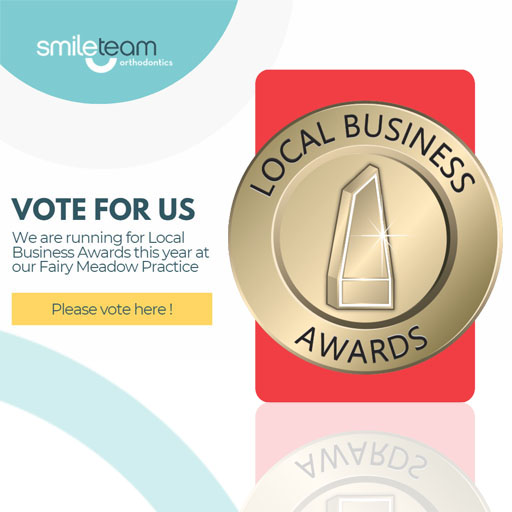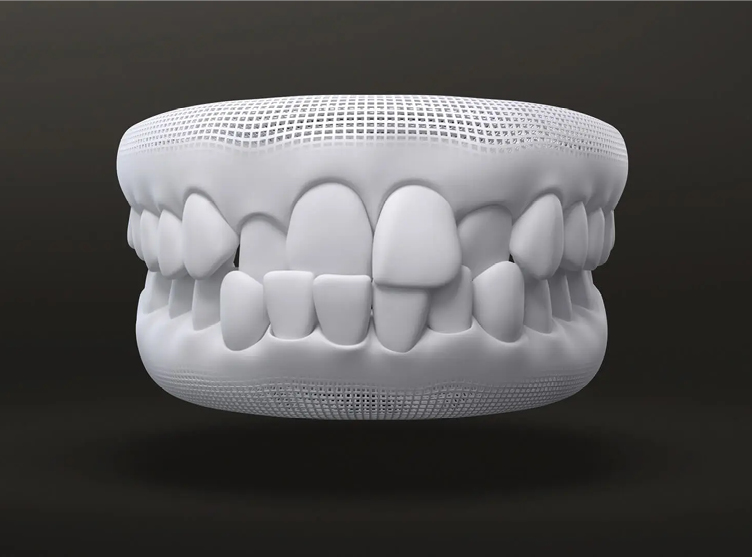
A crossbite, sometimes spelled cross bite, is a type of dental misalignment where the upper and lower teeth do not meet in the correct position. Instead of the upper teeth sitting slightly over the lower teeth, some upper teeth bite inside or outside the lower teeth. This can occur at the front of the mouth (anterior crossbite), at the back (posterior crossbite), or affect both areas.
While a crossbite may sound like a minor concern, it can have far-reaching effects. Untreated cases often lead to uneven tooth wear, jaw discomfort, speech problems, and even sleep-related breathing difficulties. According to the Australian Society of Orthodontists, early diagnosis and correction of crossbites can prevent complications and improve oral health outcomes later in life.
This guide explores the causes, symptoms, risks, and treatment options for crossbites, helping you understand when professional orthodontic care is necessary.
What Is a Crossbite?
Dentists classify crossbite as a type of malocclusion (a “bad bite”), where the upper and lower arches do not align properly. It can affect children and adults, although treatment approaches vary depending on age and severity.
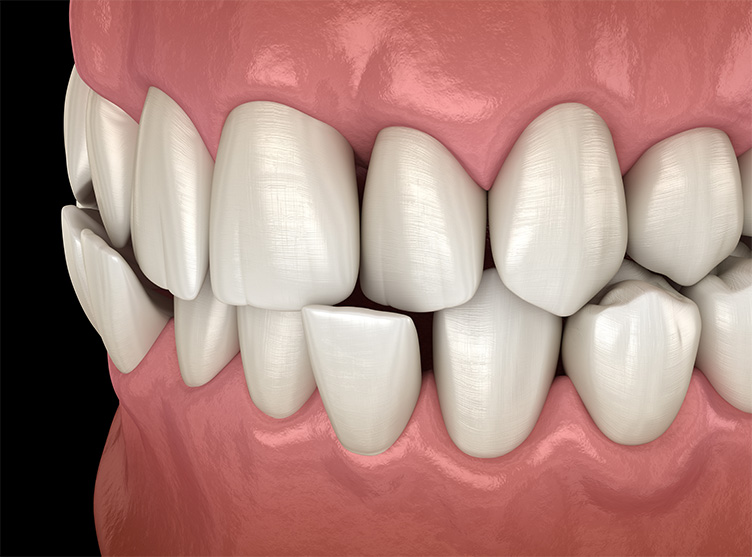
There are different types of crossbite:
- Anterior Crossbite (front teeth): The upper front teeth bite behind the lower front teeth, sometimes resembling an underbite.
- Posterior Crossbite (back teeth): The upper back teeth sit inside the lower teeth, often making chewing difficult.
- Unilateral Crossbite: Misalignment occurs on one side of the mouth.
- Bilateral Crossbite: Misalignment affects both sides of the mouth.
Crossbites can involve individual teeth or multiple teeth, and they may be caused by either dental issues (tooth positioning) or skeletal factors (jaw growth and size differences).
Causes of Crossbite
Crossbites can develop from a range of genetic, developmental, and environmental factors. In many cases, the cause begins in childhood, but adults can also develop crossbites later in life.
Common Causes in Children
- Genetics and inherited jaw structure
- Prolonged thumb or finger sucking
- Long-term use of dummies or pacifiers
- Delayed loss of baby teeth or early loss that causes drifting
- A small upper jaw or crowded teeth
- Mouth breathing, often linked to enlarged tonsils or adenoids
- Tongue-thrusting habits when swallowing
Common Causes in Adults
- Untreated childhood crossbite that persists
- Missing teeth, causing neighbouring teeth to shift
- Trauma or injury to the face and jaw
- Teeth too large for the jaw
- Conditions such as a cleft lip or a cleft palate
Symptoms and Signs to Watch For
Crossbites are not always immediately obvious, especially if they involve only a few teeth. However, signs and symptoms often include:
- Uneven bite or teeth that look “out of line”
- Difficulty biting or chewing certain foods
- Clicking or popping in the jaw joints
- Facial asymmetry or shifted jaw position
- Increased tooth wear on certain teeth
- Speech difficulties in children
- Frequent headaches or tension around the jaw
Parents may notice their child struggling to bite into foods like apples or sandwiches, or a jaw that shifts to one side when closing the mouth. Adults may experience jaw strain or find that their teeth do not meet evenly when chewing.
Health Risks of Leaving a Crossbite Untreated
A crossbite may seem like a cosmetic issue, but it can lead to more serious dental and health problems if ignored.

Jaw Pain and TMJ Disorders
Misaligned teeth put unnecessary stress on the jaw joints (temporomandibular joints). Over time, this can cause TMJ disorders, tension headaches, and muscle pain in the face and neck.
Tooth Decay and Gum Disease
Teeth in a crossbite are harder to clean effectively. Food and plaque can collect in awkward areas, increasing the risk of cavities and gum disease.
Speech and Chewing Difficulties
Children may struggle to pronounce certain sounds, while adults may experience uneven chewing and jaw fatigue.
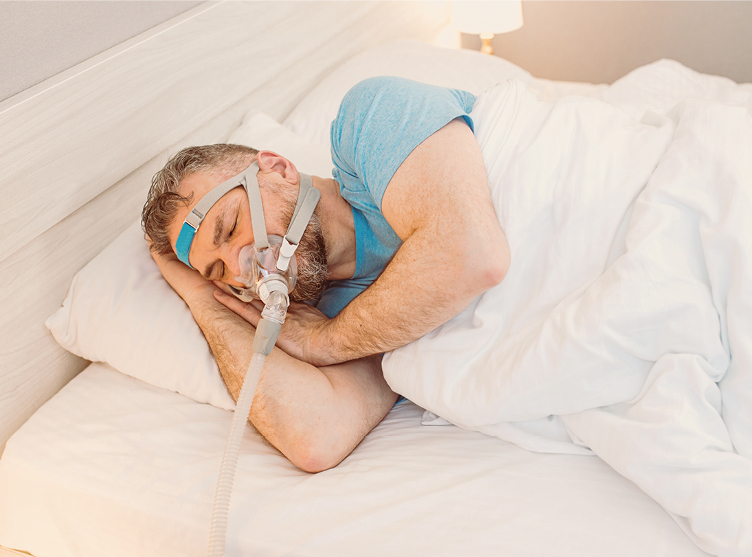
Sleep Apnea and Breathing Problems
In some cases, a crossbite contributes to airway obstruction. A narrow upper jaw can push the tongue further back, increasing the likelihood of snoring or sleep apnea.
Self-Esteem Concerns
Beyond physical health, the appearance of a crossbite can cause embarrassment, particularly in teenagers and adults.
Treatments for Crossbite
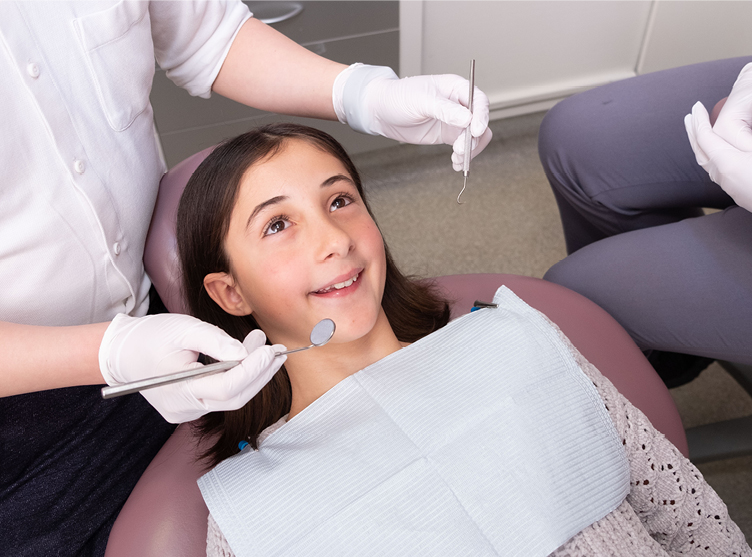
The good news is that crossbites are treatable at any age, though early intervention often produces the best outcomes. The choice of treatment depends on the severity of the misalignment, the patient’s age, and whether the crossbite is dental or skeletal in origin.
Braces
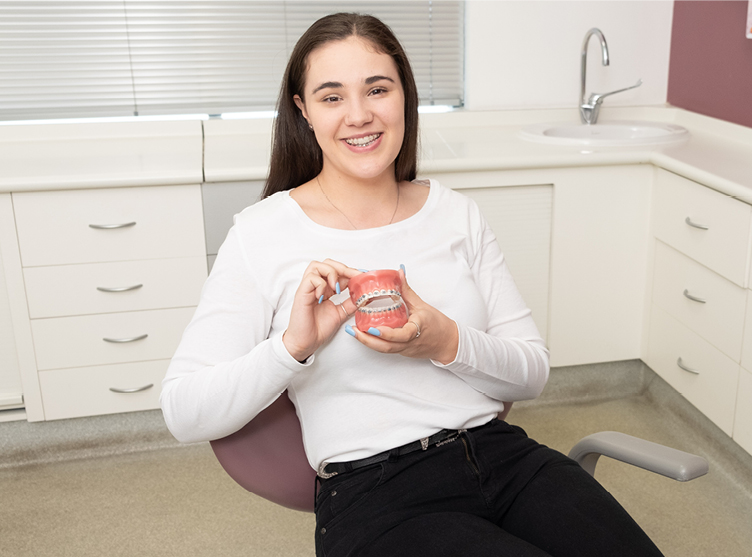
Traditional braces remain one of the most reliable treatments for correcting crossbites. They use metal or ceramic brackets and wires to gradually shift teeth into their correct positions. Treatment typically lasts 18–24 months.
Invisalign (Clear Aligners)
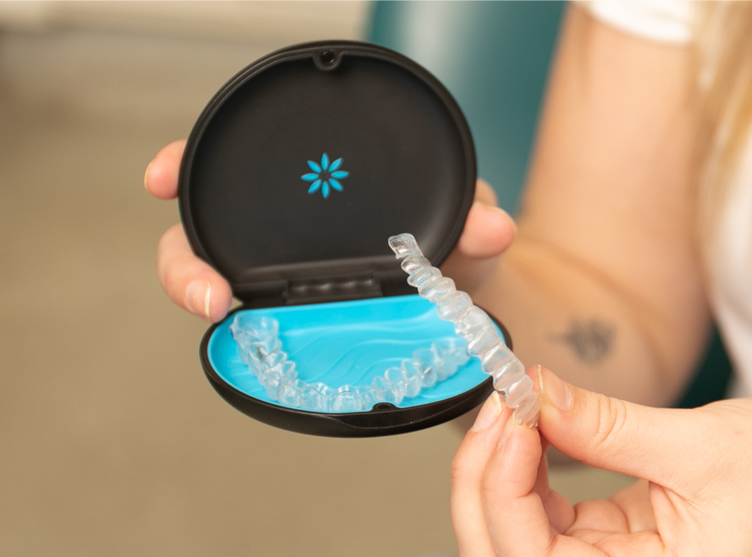
Clear aligners such as Invisalign are a discreet alternative to braces. They are particularly effective for mild to moderate crossbites and can be used for both teenagers and adults. Aligners are removable, which makes eating and cleaning easier, but patient compliance is essential.
Palate Expanders
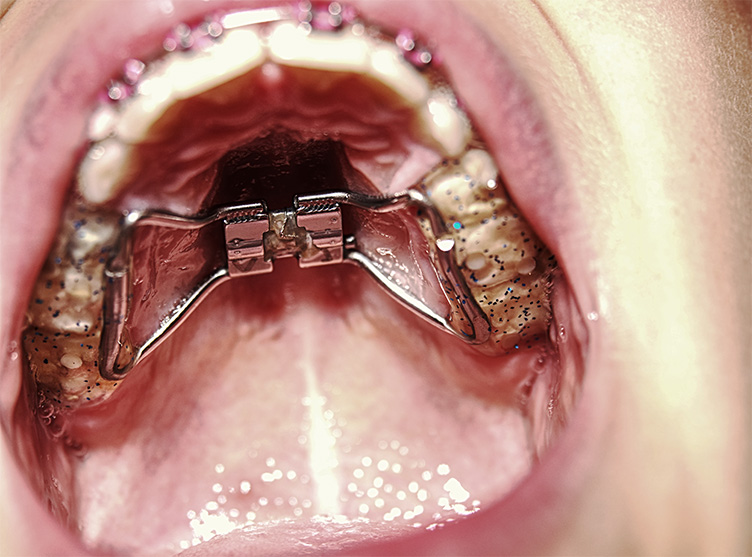
Palatal expansion is especially effective in children, whose jaws are still developing. A palate expander gradually widens the upper jaw, creating more space for teeth and correcting crossbite at the skeletal level.
Orthognathic Surgery
In severe adult cases where the jaw structure is the cause, corrective jaw surgery may be necessary. This procedure repositions the upper and lower jaws to achieve proper alignment. It is usually combined with orthodontic treatment.
Retainers (Post-Treatment)
After active treatment, patients wear retainers to maintain the corrected bite. Without retention, teeth may drift back toward their original misaligned positions.
How Long Does Crossbite Treatment Take?
Treatment time varies depending on age and severity:
- Children with mild crossbite: 6–12 months (palate expanders or braces).
- Teenagers and adults with moderate crossbite: 12–24 months with braces or Invisalign.
- Severe adult cases: May require 2–3 years if surgery is involved.
Early orthodontic intervention generally results in faster and less invasive treatment.
Costs of Crossbite Treatment in Australia
Costs vary widely based on treatment type, location, and severity. On average:
- Braces: AUD $6,000–$9,000
- Invisalign: AUD $7,000–$9,500
- Palate expanders: AUD $2,000–$3,000 (often part of a larger treatment plan)
- Surgical correction: AUD $20,000+ (including hospital and specialist fees)
Private health insurance with orthodontic cover may offset some of these expenses. Consulting an orthodontist ensures a personalised cost estimate.
FAQs About Crossbite
Is a crossbite the same as an overbite?
No. An overbite occurs when the upper front teeth significantly overlap the lower teeth, while a crossbite happens when the upper teeth bite inside or outside the lower teeth.
Can a crossbite fix itself?
Crossbites rarely self-correct. Professional orthodontic treatment is usually necessary.
What happens if I don’t fix a crossbite?
Untreated crossbites can lead to uneven tooth wear, gum disease, jaw pain, and even sleep apnea over time.
At what age should a crossbite be corrected?
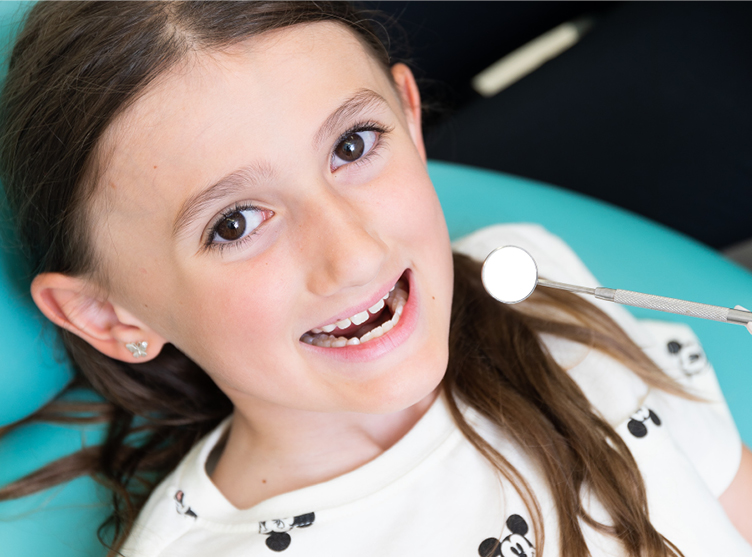
Ideally, crossbites should be addressed in childhood (ages 7–10) when the jaw is more adaptable. However, adults of any age can benefit from treatment.
Is Invisalign effective for crossbite?
Yes, but primarily for mild to moderate cases. Severe crossbites may require braces or surgery.
Does crossbite treatment hurt?
Patients may experience temporary soreness when appliances are adjusted, but discomfort usually subsides within a few days.
Can adults over 40 still fix a crossbite?
Yes. While treatment may take longer, adults of any age can benefit from modern orthodontic solutions, including braces and aligners.
Final Thoughts

A crossbite is more than a cosmetic dental issue — it can impact oral health, jaw function, and even quality of life if left untreated. Fortunately, orthodontic treatments such as braces, Invisalign, and palate expanders provide effective solutions for children and adults alike.
Early intervention often leads to simpler treatment and better results, but adults should not be discouraged — modern orthodontics offers effective solutions at any age.
If you or your child shows signs of a crossbite, the next best step is to schedule a consultation with a qualified orthodontist. A professional assessment will help determine the most suitable treatment plan tailored to your needs.
